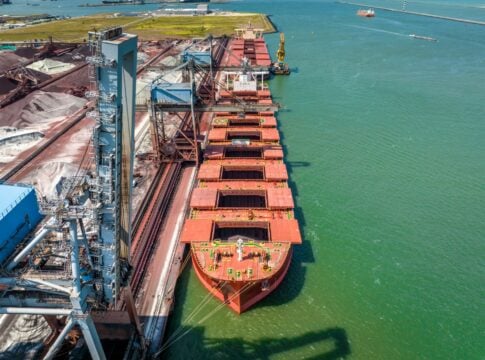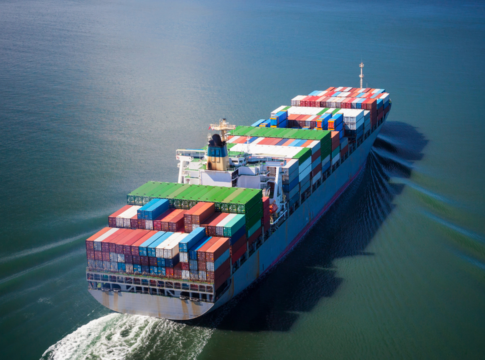Major delays and congestion are being reported at major European and US ports as the global supply chain comes under renewed pressure.
The situation is attributed to a mix of factors: increased cargo volumes from Asia (a result of the trade war declared by Donald Trump), geopolitical tensions in the Red Sea that have led to re-adjustment of routes, labor shortages, but – in the case of Europe – even weather conditions and changing hydrological data (falling Rhine river level) that affect domestic transport.
In the port of Rotterdam, the largest in Europe, container traffic increased by 2.7% in the first half of 2025, reaching 7.026 million TEUs. An increase (3.7%) was also recorded in Antwerp, with 6.91 million TEUs. However, despite the increase in freight traffic, total cargo handled decreased by 4.1% in Rotterdam and 4.3% in Antwerp, indicating changes in the composition and flows of trade.
The increased congestion is forcing shipowners and charterers to look for alternative ports, with the problem being transferred to smaller ports, which are now also experiencing delays. Braemar estimates that the normalization of the situation will be significantly delayed, as the problems also affect feeders, making the system less flexible. According to Kuehne+Nagel’s data on the weekly operational status of ports, delays are occurring at all major hubs. In Genoa, Italy, the occupancy rate is reaching 89%, with several ships now bypassing the port, while in Rotterdam delays range from 1 to 6.5 days, depending on the terminal.
However, there is no congestion in the country’s largest port, as according to information from “N”, no delays have been recorded in June, July and August. In Hamburg, delays are currently up to 4.5 days, while in Bremerhaven and Le Havre, the availability of labor is affected by summer holidays. A similar situation exists in the ports of Barcelona and Valencia, where the accumulation of ships at anchor and congestion at the piers have become a daily phenomenon. In Northern Europe, Gothenburg in Sweden has an average waiting time of six days, while in the United Kingdom, ports such as Tilbury and London Gateway continue to show high levels of congestion.
In this context, several shipping companies are re-planning their itineraries.















